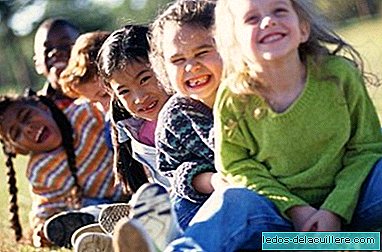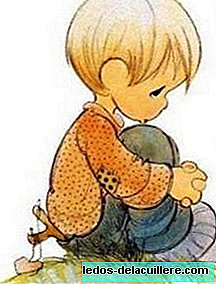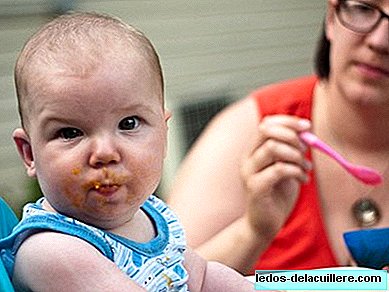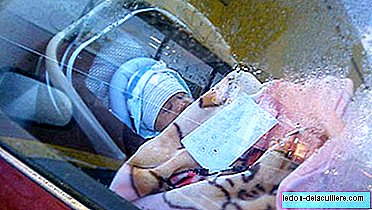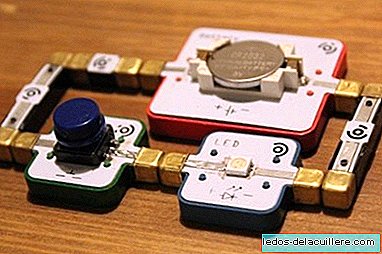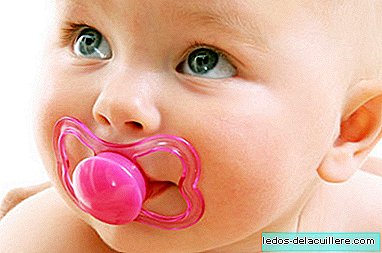
The use of the pacifier has been related to the appearance of oral malformations and the early abandonment of breastfeeding, among other associated disadvantages.
But using it also offers benefits, as collected by the public agency SINC (Information and Scientific News Service), such as reducing the risks of Sudden Infant Death Syndrome.
Two researchers from the Universitat Jaume I of Castellón have reviewed 1,897 scientific articles on the harmful and beneficial effects derived from the use of the pacifier in newborns and infants. His study collects evidence-based recommendations to facilitate fathers, mothers and caregivers proven information to freely decide whether to use it or not.
Desirée Mena and Jennifer Sánchez, from the Predepartmental Nursing Unit of the Jaume I University of Castellón (UJI) have published a study in the journal 'Nursing Role' that includes the risks and benefits of pacifiers in newborns and infants.
To carry out this review, they previously performed a scientific quality filtering and the articles obtained were subjected to an exhaustive analysis that took into account all the variables. Desiree Mena explains:
"We have made a series of recommendations with the objective of providing mothers, fathers and caregivers with the best information that allows them to deliberate and freely choose what best suits their needs, beliefs or expectations."
Risks of using the pacifier

The researchers point out that the use of the pacifier is harmful because:
It promotes the appearance of otitis media, especially after six months of age.
Maintains the habit of sucking fingers over time.
 In Babies and more Guide for the good use of the pacifier
In Babies and more Guide for the good use of the pacifierDelays the production of the first speech sounds.
It is related to smoking in adolescence and adulthood.
It makes the onset of breastfeeding difficult and causes early weaning. For that reason, it is suggested not to use a pacifier in case of breastfeeding.
It can cause problems in the baby's dentition, specifically, oral malformations. To avoid them its use is recommended from six months of age.
Benefits of using the pacifier

Research indicates that the use of the pacifier is beneficial:
In the event that the baby has not developed the nutritional sucking reflex, since it can be used to stimulate it.
As a protective factor against Sudden Infant Death Syndrome during sleep.
 In Babies and more AEP recommendations on the use of the pacifier
In Babies and more AEP recommendations on the use of the pacifierTo prevent overweight and obesity in adolescence.
As a calming element for the baby in stressful or painful situations. Although in these cases, Jennifer Sánchez, points out that "Breastfeeding would always be better as a first option, if available."
To stimulate the sucking reflex, when it is underdeveloped.
And if pacifier is used ...
It must be washed with a 0.12% aqueous chlorhexidine solution or immersed in boiling water.
It is advisable to perform periodic dental check-ups to monitor the growth of the temporary dentition and detect the appearance of malformations.
And if the baby is fed to the breast, it is convenient to make regular visits to the midwife or the pediatric nurse to be able to detect early possible problems arising from the use of the pacifier.


